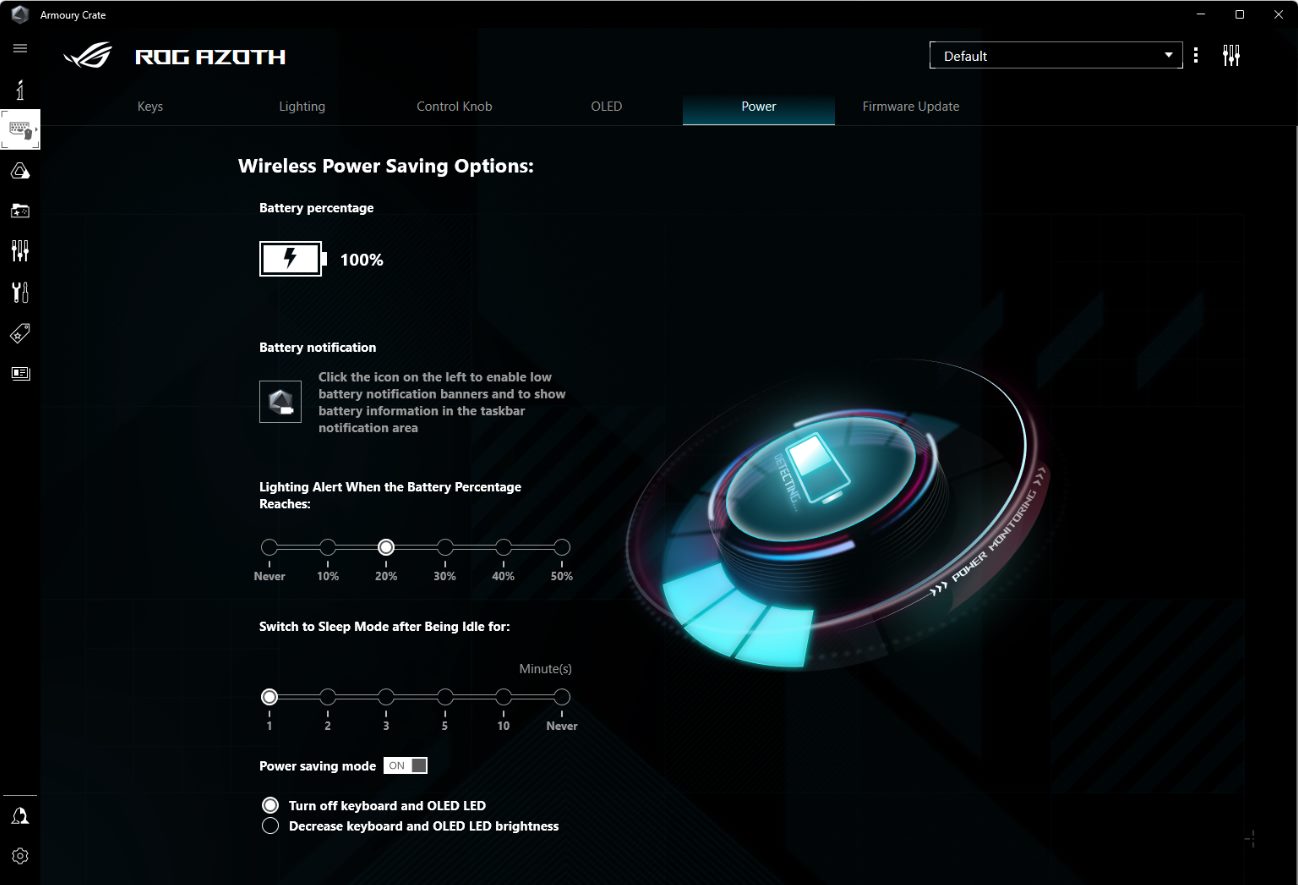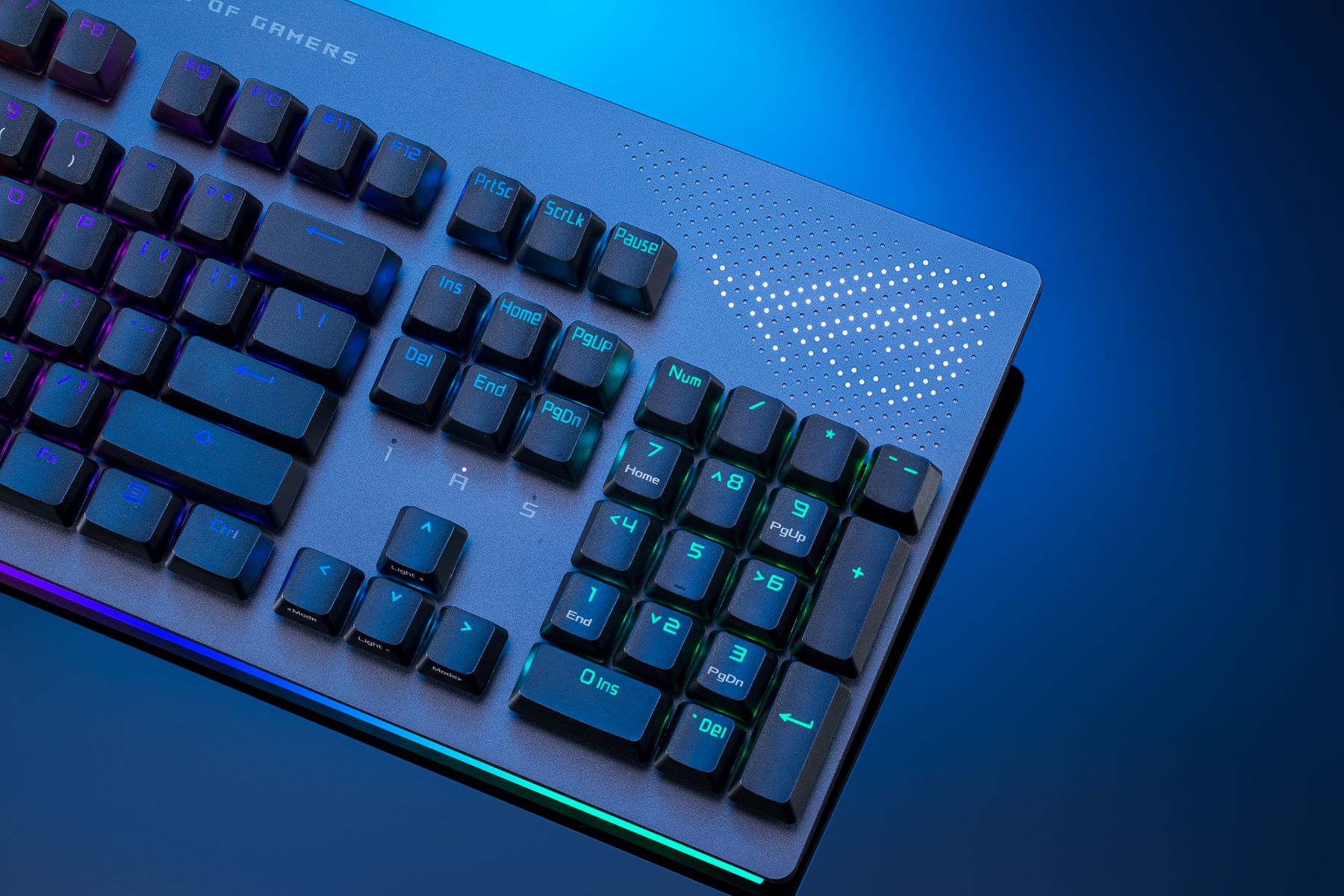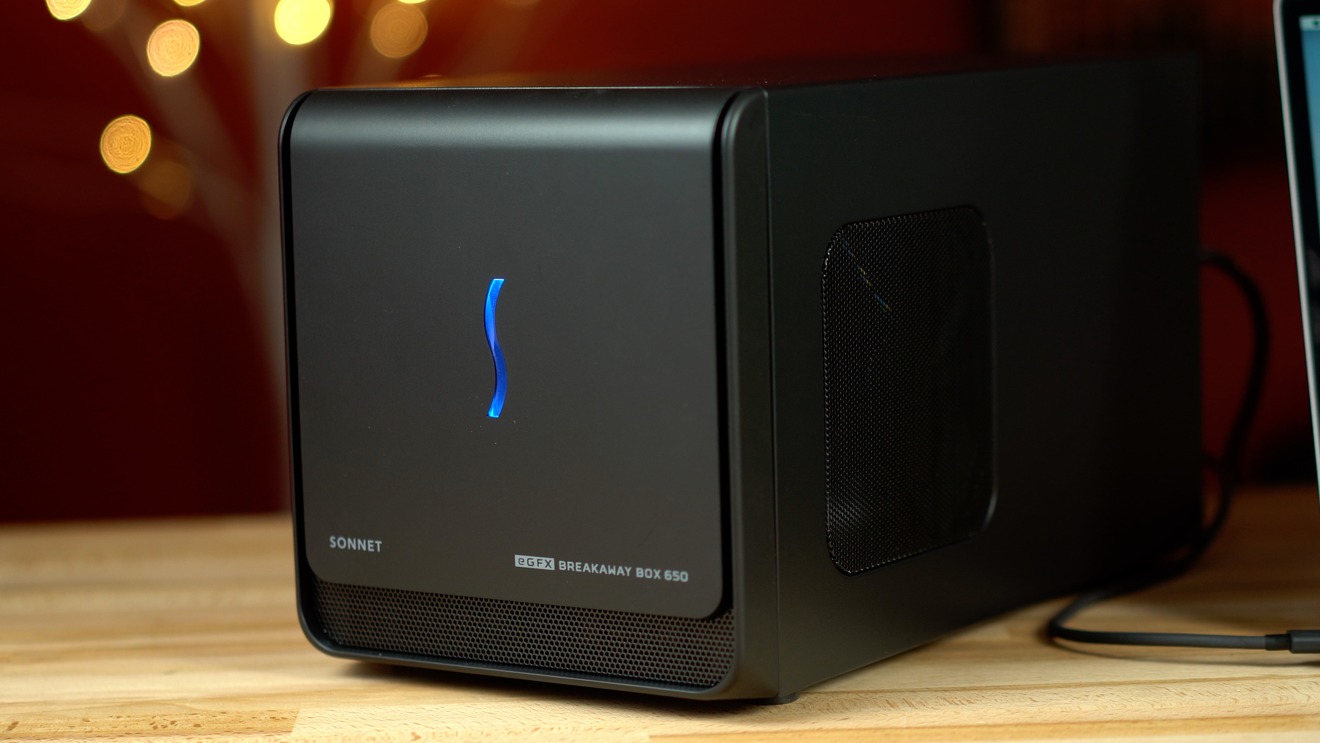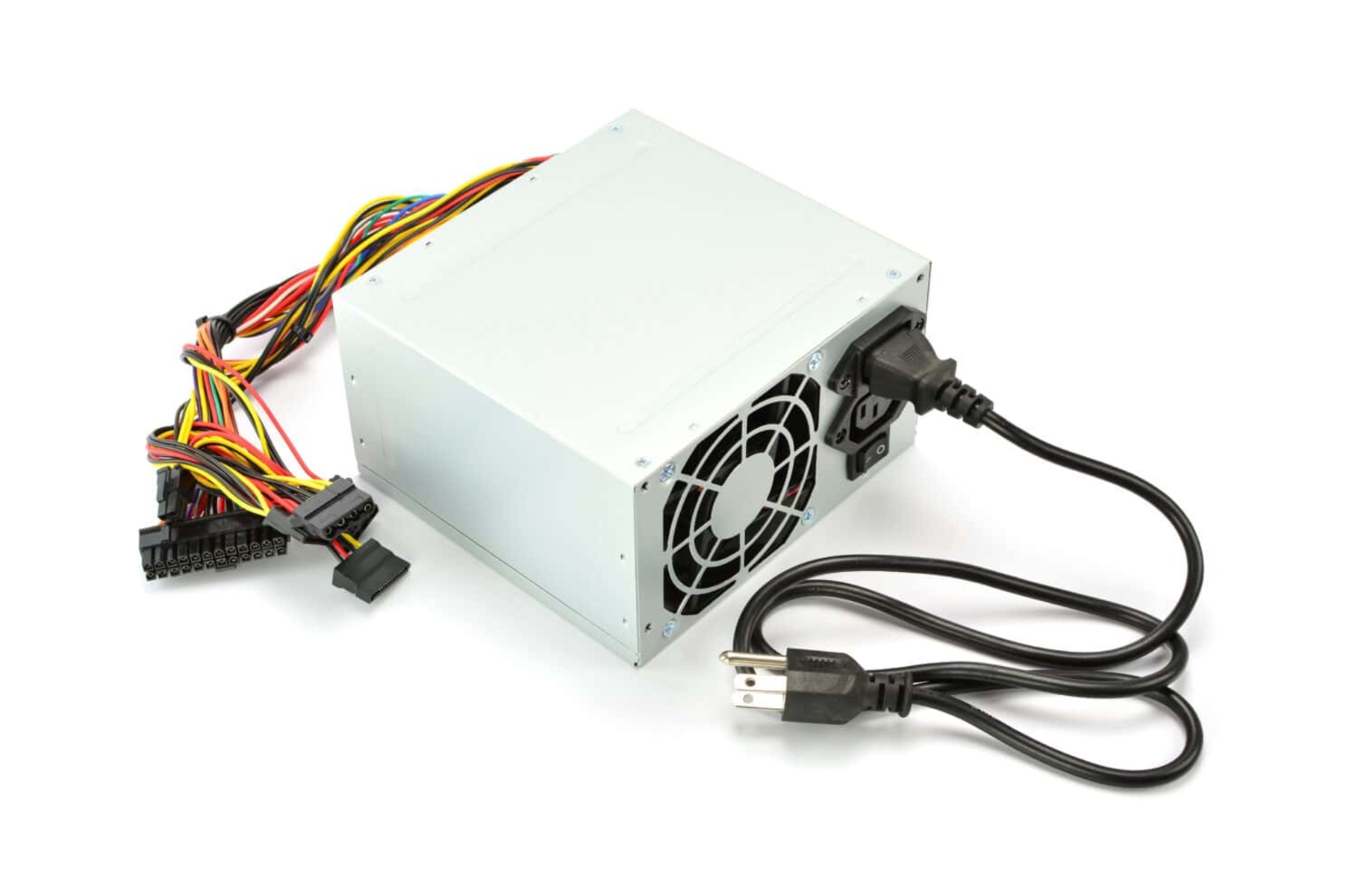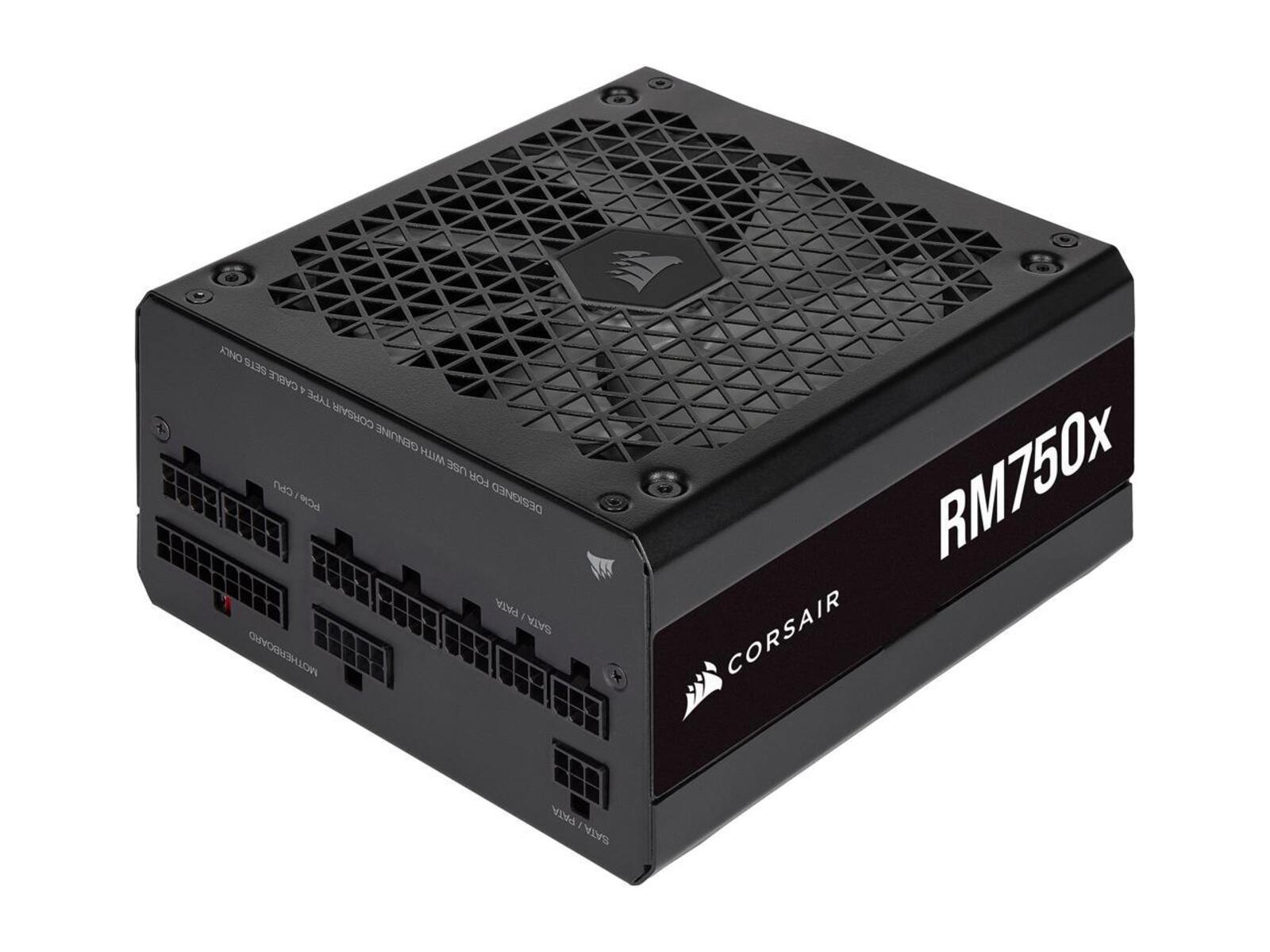Introduction
Welcome to the world of the Asus ROG Mini PC – a compact and powerful device that offers impressive performance in a small package. If you’re a proud owner of this incredible machine, you might have noticed that it goes to sleep quite often, seemingly without any reason. This can be frustrating, especially when you’re in the middle of an important task or trying to stream your favorite shows.
But fear not, as we’re here to shed some light on the common reasons behind your Asus ROG Mini PC’s tendency to fall into slumber. Whether it’s a power setting issue or a sleep mode schedule that needs tweaking, we’ll guide you through the troubleshooting process to help you keep your device awake when you need it the most.
Before we delve into the specifics of sleep mode issues, it’s important to understand what sleep mode actually is. Sleep mode is a power-saving state that allows your computer to conserve energy by shutting down non-essential components while keeping your data and applications in memory. When your Asus ROG Mini PC enters sleep mode, it reduces its power consumption and can quickly resume operations when you wake it up.
While sleep mode serves a valuable purpose in prolonging battery life and saving energy, it can become an inconvenience if your PC goes to sleep too frequently or at inappropriate times. So, let’s explore the main culprits behind this behavior and how you can regain control over when your Asus ROG Mini PC takes its much-needed rest.
Common Reasons for the Asus ROG Mini PC to Go to Sleep
There are several factors that could contribute to your Asus ROG Mini PC’s tendency to go into sleep mode more often than desired. Understanding these common reasons will help you troubleshoot the issue effectively:
- Power Settings: Your power settings play a crucial role in determining when your Asus ROG Mini PC goes to sleep. If your power plan is set to a short idle time, the computer may initiate sleep mode even when you’re actively using it. You can adjust the power settings by going to the Control Panel and accessing the Power Options.
- Sleep Mode Schedule: A predefined sleep mode schedule might be causing your Asus ROG Mini PC to go to sleep at specific times. Check if there are any configured sleep mode schedules in the system settings and adjust them accordingly.
- Software or System Updates: Sometimes, pending software updates or system updates can trigger your Asus ROG Mini PC to go into sleep mode. Make sure to install all the pending updates to prevent any compatibility issues that might be causing the device to enter sleep mode unexpectedly.
- External Devices: Connected external devices, such as USB drives or docking stations, can also trigger sleep mode on your Asus ROG Mini PC. Ensure that you unplug any unnecessary devices and see if the problem persists.
- Overheating: If your computer is overheating, it might automatically enter sleep mode to prevent further damage. Check if the cooling system is functioning properly and consider using a laptop cooling pad to help regulate the temperature.
These are just a few of the common reasons why your Asus ROG Mini PC may go to sleep unexpectedly. By identifying and addressing these issues, you can regain control over your device’s sleep behavior and enjoy uninterrupted usage.
The Power Settings on Your Asus ROG Mini PC
When it comes to troubleshooting sleep mode issues on your Asus ROG Mini PC, one of the key areas to focus on is the power settings. These settings determine how your computer behaves in different power scenarios. Here are some steps to adjust the power settings on your device:
- Accessing Power Options: To access the power options on your Asus ROG Mini PC, go to the Control Panel and search for “Power Options” or “Power & Sleep Settings.”
- Choosing a Balanced Power Plan: Once you’re in the power options, choose the “Balanced” power plan as it provides a good balance between performance and energy efficiency. This plan ensures that your computer doesn’t go into sleep mode too quickly or excessively.
- Customizing Power Plan Settings: If the balanced power plan doesn’t suit your needs, you can customize the plan by clicking on “Change plan settings” next to the selected power plan. Here, you can adjust the times for “Turn off the display” and “Put the computer to sleep” according to your preferences. Increase these times to prevent your Asus ROG Mini PC from entering sleep mode too soon.
- Advanced Power Settings: If you require more granular control over the power settings, you can click on “Change advanced power settings.” This will open a window where you can modify settings such as USB selective suspend, which can affect sleep mode behavior when external devices are connected.
- Applying Changes: After making any adjustments to the power settings, make sure to click on “Apply” or “OK” to save the changes. Restart your computer to ensure the new settings take effect.
By customizing the power settings on your Asus ROG Mini PC, you can have more control over when your device enters sleep mode. Experiment with different settings to find the right balance between energy efficiency and uninterrupted usage.
The Sleep Mode Schedule on Your Asus ROG Mini PC
If your Asus ROG Mini PC seems to be going into sleep mode at specific times, it’s likely that a sleep mode schedule has been configured. Here’s how you can check and adjust the sleep mode schedule on your device:
- Accessing Sleep Settings: To access the sleep settings on your Asus ROG Mini PC, open the Control Panel and search for “Power Options” or “Power & Sleep Settings.”
- Adjusting Sleep Mode Schedule: In the power options, look for the “Change when the computer sleeps” link. Click on it to modify the sleep mode schedule.
- Selecting Never: If you want to disable sleep mode completely, set both the “Put the computer to sleep” and “Turn off the display” options to “Never.” However, keep in mind that this might not be the most energy-efficient setting if you use your device on battery power.
- Setting Custom Sleep Times: If you prefer to have a sleep mode schedule but want to adjust the timing, you can set custom sleep times by specifying the desired duration for “Put the computer to sleep” and “Turn off the display”.
- Save Changes: After making any adjustments to the sleep mode schedule, click on “Apply” or “OK” to save the changes. Restart your computer to ensure the modified schedule takes effect.
By modifying the sleep mode schedule on your Asus ROG Mini PC, you can ensure that it stays awake when you need it and goes to sleep only when you prefer. Experiment with different sleep times that align with your usage patterns to strike the ideal balance between convenience and energy efficiency.
Troubleshooting Sleep Mode Issues on Your Asus ROG Mini PC
If your Asus ROG Mini PC continues to experience sleep mode issues despite adjusting the power settings and sleep mode schedule, there are a few additional troubleshooting steps you can take:
- Update Device Drivers: Outdated or incompatible device drivers can sometimes cause sleep mode issues. Make sure to keep your drivers up to date by visiting the support page on the Asus website and downloading the latest versions for your specific model.
- Check for BIOS Updates: Firmware updates, commonly known as BIOS updates, can improve system stability and fix sleep mode-related bugs. Visit the Asus support page to check if there are any available BIOS updates for your Asus ROG Mini PC model. Follow the instructions provided to install the updates.
- Disable Fast Startup: Fast Startup is a feature in Windows that helps your computer boot up faster. However, it can sometimes interfere with sleep mode behavior. To disable Fast Startup, go to the Control Panel, open the Power Options, click on “Choose what the power buttons do” on the left side, and then click on “Change settings that are currently unavailable.” Uncheck the “Turn on fast startup” option, and save the changes.
- Scan for Malware: Malware or viruses running in the background can disrupt the normal functioning of your Asus ROG Mini PC. Run a full system scan using a reputable antivirus software to detect and remove any potential threats.
- Reset Power Plan to Default: If none of the above methods solve the sleep mode issues, consider resetting your power plan to its default settings. Go to the Control Panel, open the Power Options, click on “Restore plan defaults” for the selected power plan, and then restart your computer.
By following these troubleshooting steps, you can address common sleep mode issues on your Asus ROG Mini PC. Remember to test your device’s behavior after each step to determine if the problem has been resolved. If the issue persists, it may be worth reaching out to Asus customer support for further assistance.
Updating the BIOS and Drivers on Your Asus ROG Mini PC
Updating the BIOS (Basic Input/Output System) and drivers on your Asus ROG Mini PC is an essential step in resolving sleep mode issues and ensuring optimal performance. Here’s how you can update the BIOS and drivers:
- Identify Your Model: Visit the Asus support website and enter the model name or number of your Asus ROG Mini PC to locate the appropriate support page.
- Download Driver Updates: On the support page, you’ll find a list of available driver updates for your specific model. Download the latest versions for your drivers, such as the graphics driver, chipset driver, and network driver. Make sure to download the drivers that are compatible with your operating system.
- Install Driver Updates: Once you’ve downloaded the driver updates, double-click on each file to begin the installation process. Follow the on-screen instructions to complete the installation. Restart your computer if prompted or after all the driver updates have been installed.
- Check for BIOS Updates: On the support page, check if there are any available BIOS updates for your Asus ROG Mini PC model. It’s important to read the release notes and instructions provided by Asus before proceeding with a BIOS update. Follow the specific steps and precautions outlined by Asus to update your BIOS.
- Perform a BIOS Update: BIOS updates usually involve downloading a BIOS update file from the support page and running a specialized program to flash the new BIOS onto your motherboard. Ensure that your computer is connected to a reliable power source during the BIOS update and avoid interrupting the process. Be patient, as the BIOS update may take several minutes to complete.
- Verify Successful Updates: After updating the BIOS and drivers, check the device manager or the Asus utility software to confirm that the new drivers are properly installed. Verify that your Asus ROG Mini PC is functioning without any sleep mode issues. If problems persist, consider reaching out to Asus customer support for further assistance.
Regularly updating the BIOS and drivers on your Asus ROG Mini PC is crucial for maintaining stability, improving compatibility, and resolving sleep mode issues. By following the steps provided by Asus and keeping your system up to date, you’ll ensure that your device performs optimally and stays awake when you need it.
Conclusion
Dealing with sleep mode issues on your Asus ROG Mini PC can be frustrating, but with the right knowledge and troubleshooting steps, you can regain control over when your device goes to sleep. By addressing common issues such as power settings, sleep mode schedules, driver updates, and BIOS updates, you can ensure that your Asus ROG Mini PC stays awake when you need it and enters sleep mode only when convenient.
Start by adjusting the power settings on your device, customizing them to suit your preferences and usage patterns. Take advantage of sleep mode schedules to automatically put your computer to sleep at specific times, but make sure these schedules align with your needs. Regularly update your device drivers and BIOS to improve stability, compatibility, and fix potential sleep mode-related bugs. By keeping your Asus ROG Mini PC up to date, you’ll ensure optimal performance and minimize sleep mode issues.
If troubleshooting the sleep mode issues on your own doesn’t yield the desired results, don’t hesitate to reach out to Asus customer support for further assistance. They have the expertise to guide you through more advanced troubleshooting steps or provide specialized solutions tailored to your specific model.
Remember, the Asus ROG Mini PC is a powerful machine packed with incredible features, and by implementing the tips and troubleshooting steps provided in this article, you can maximize its potential and enjoy uninterrupted usage without frustration caused by excessive sleep mode interruptions.







